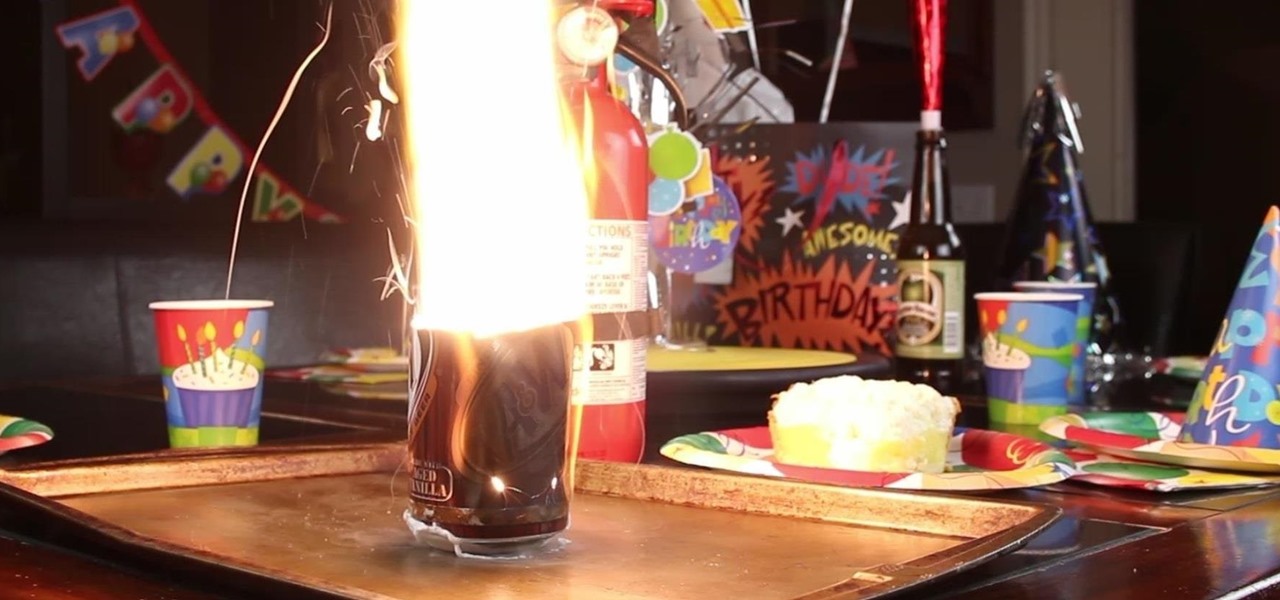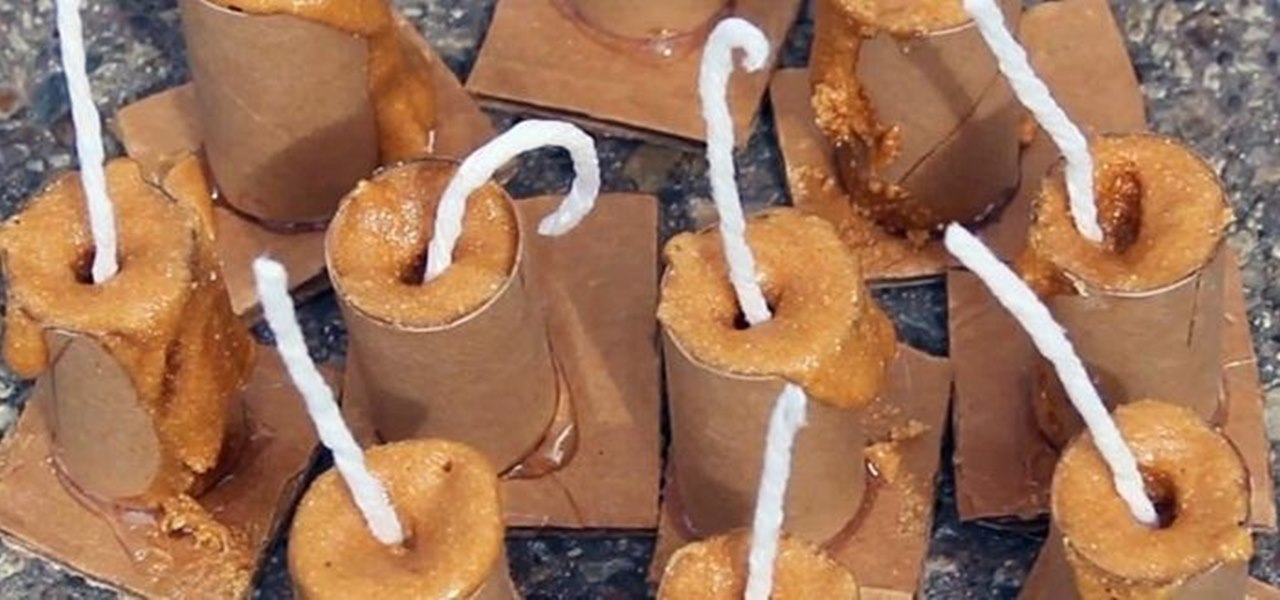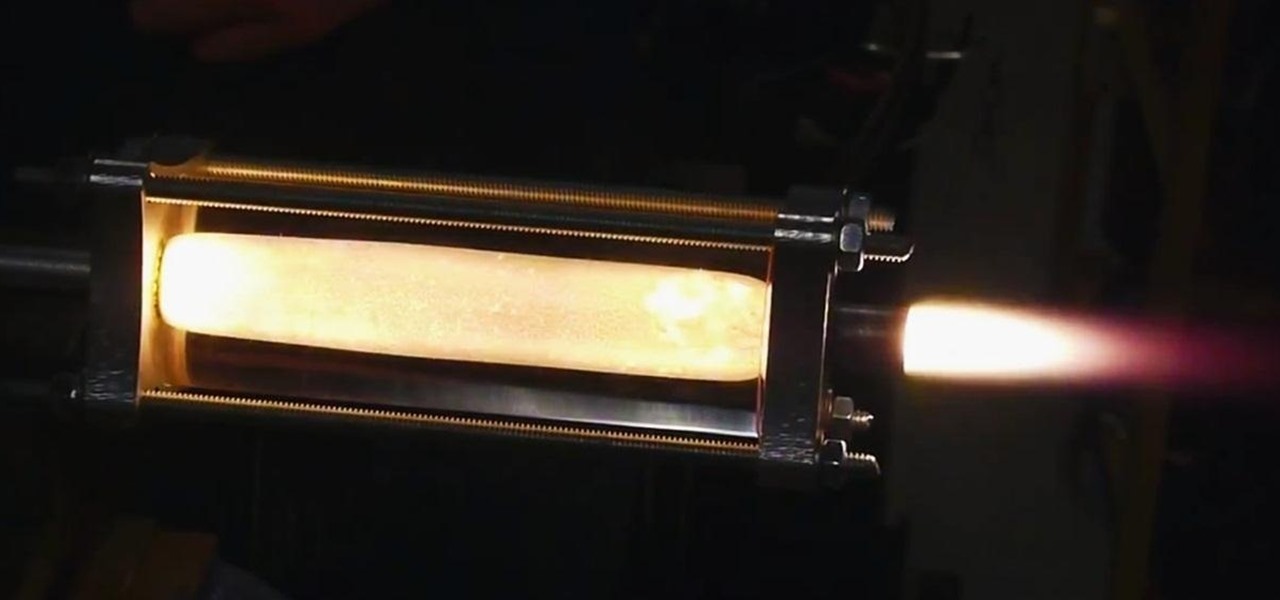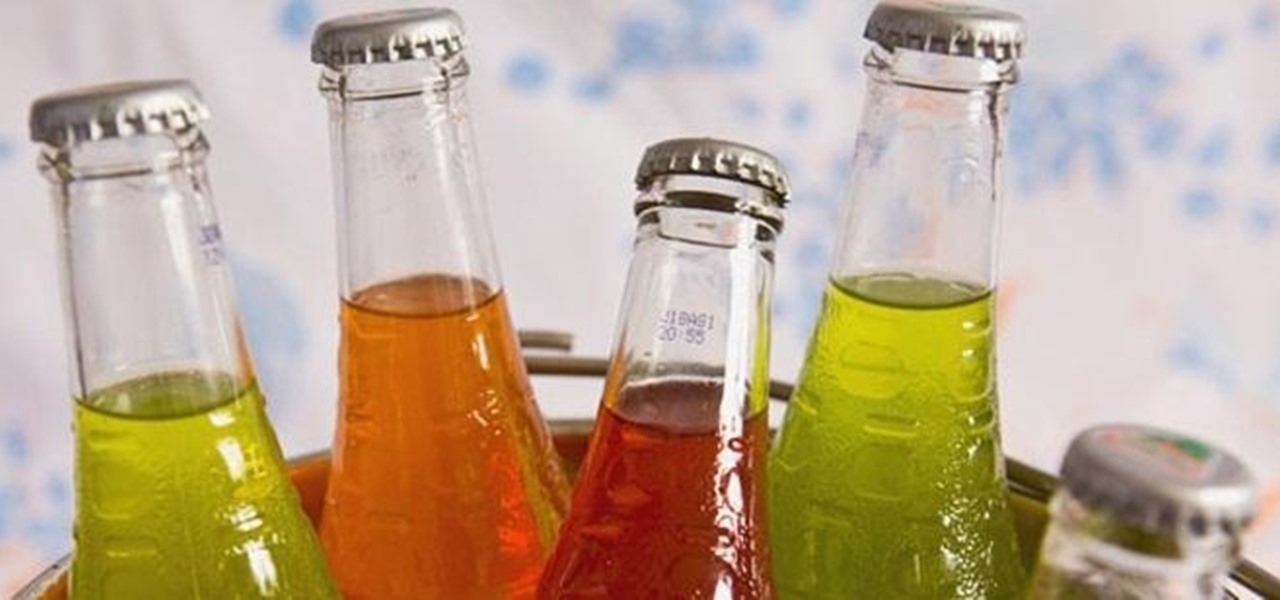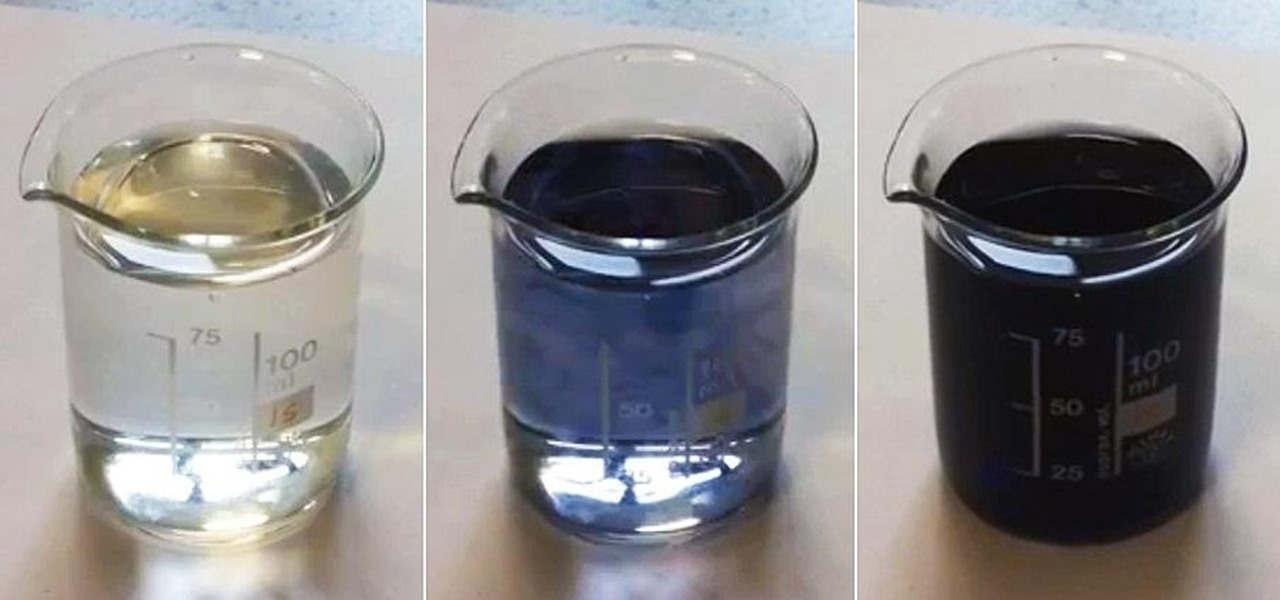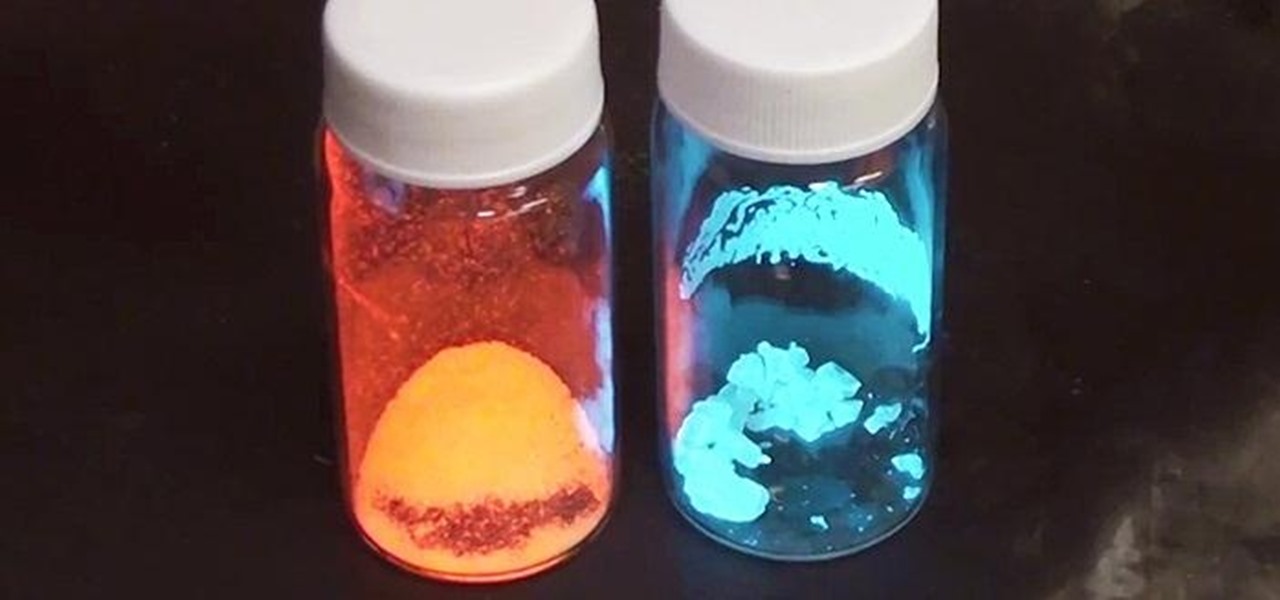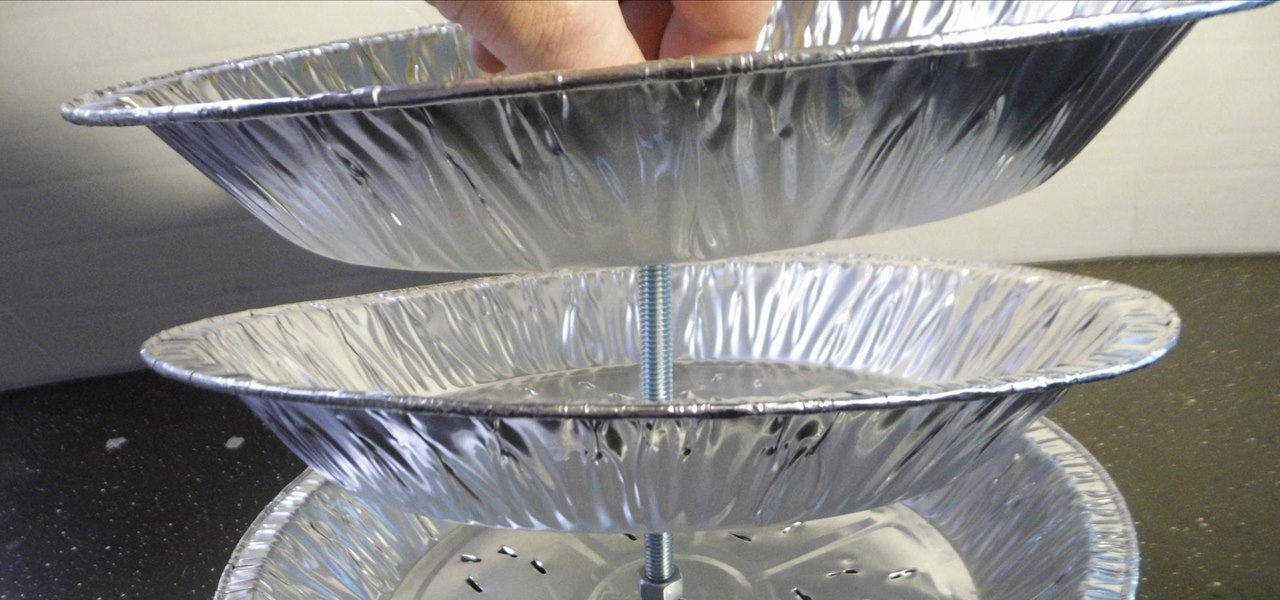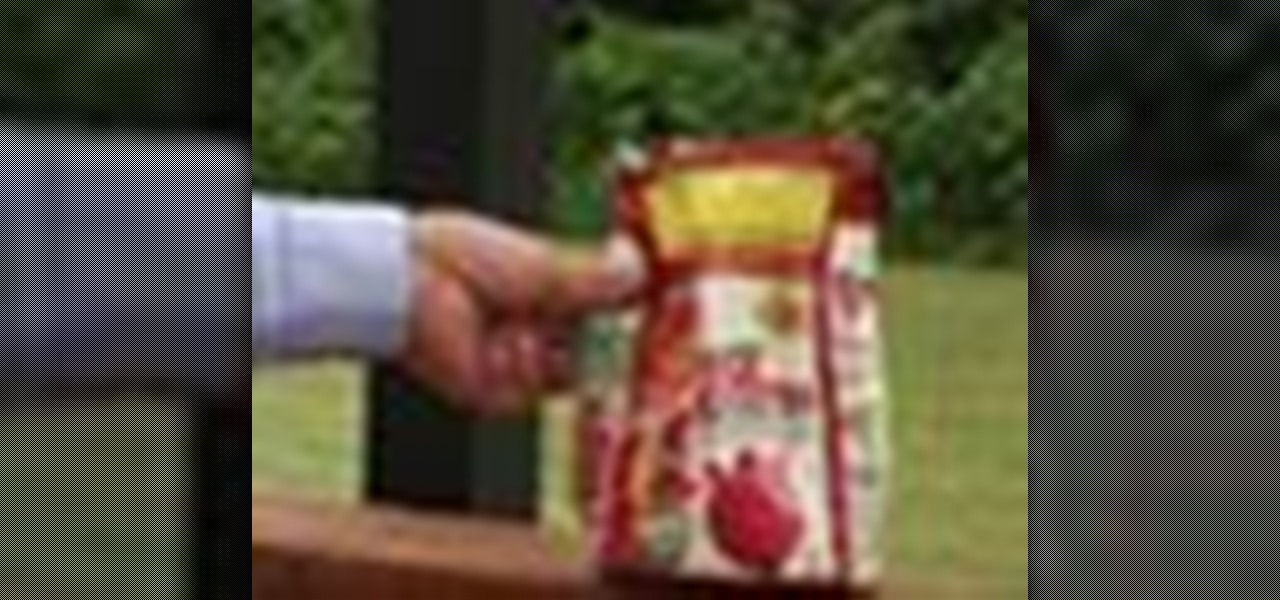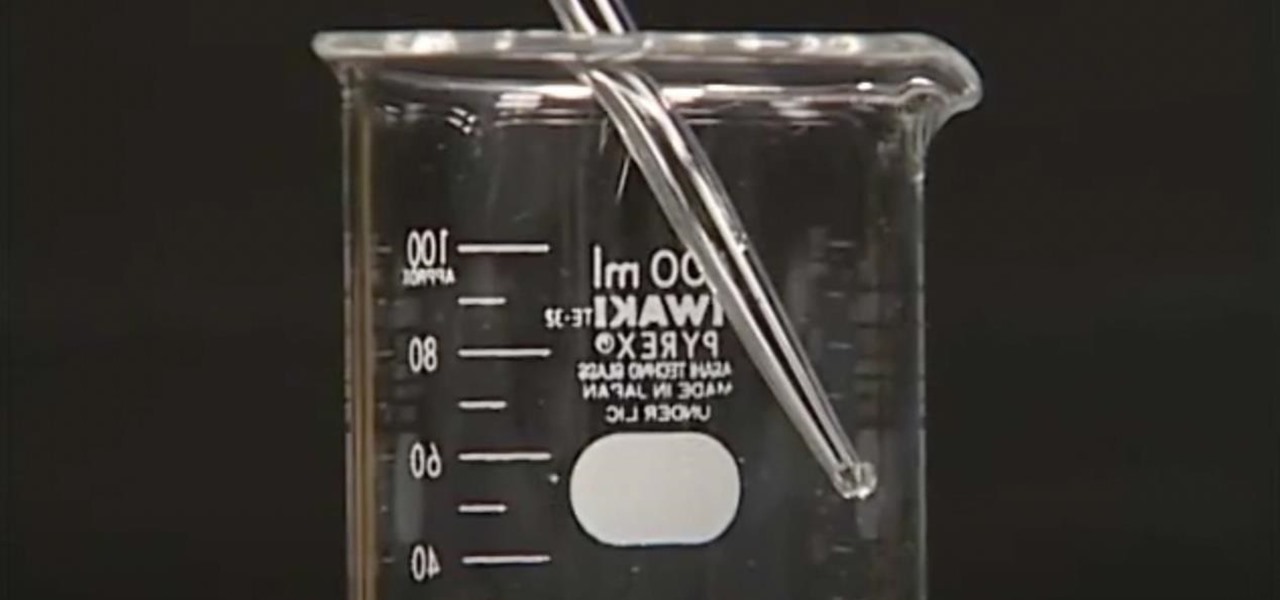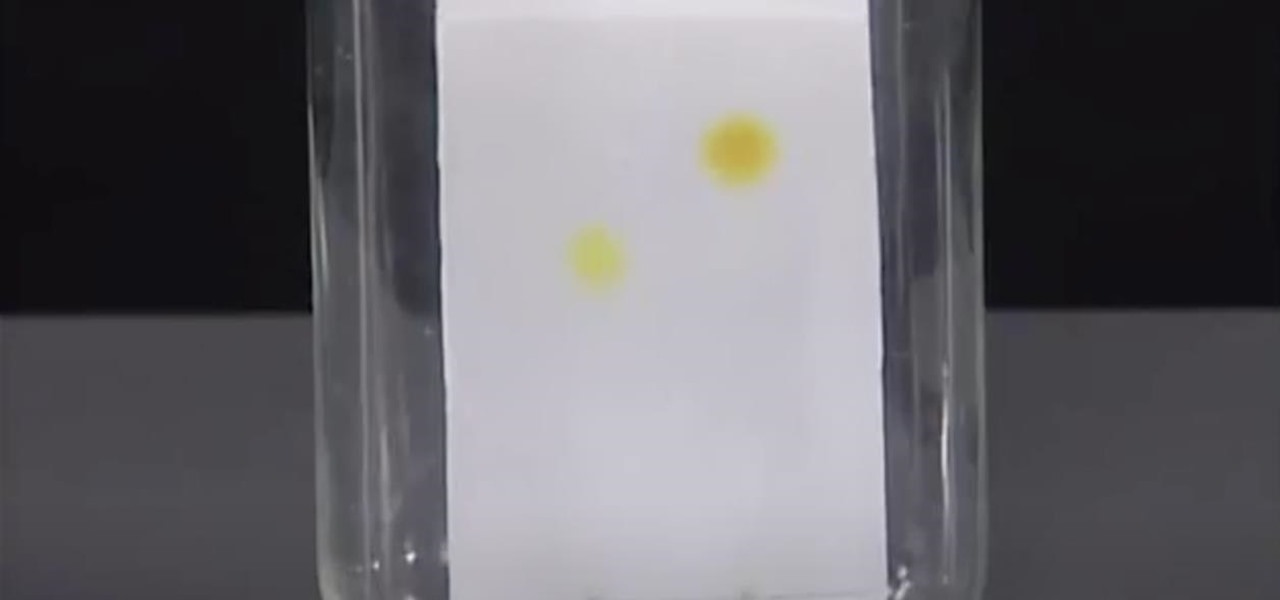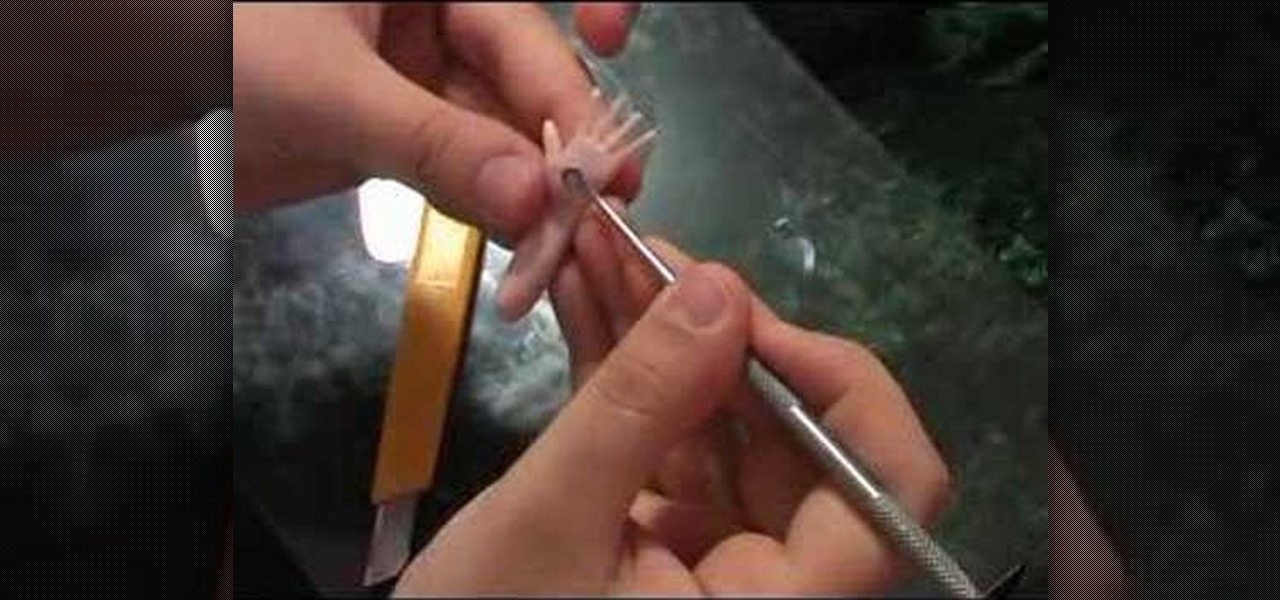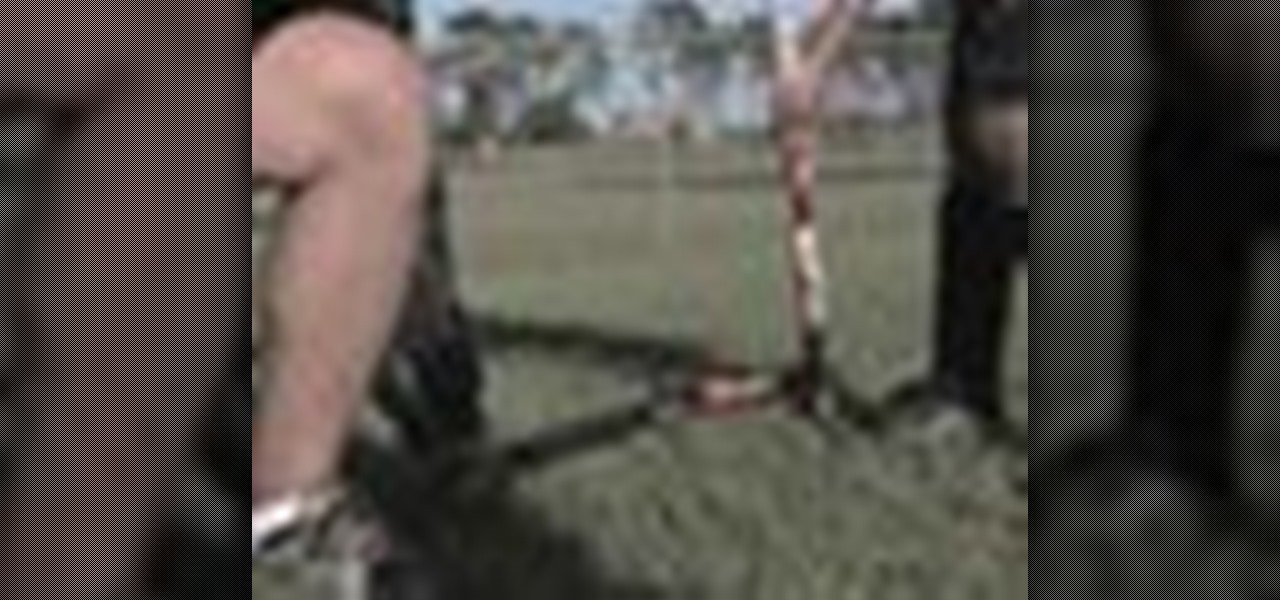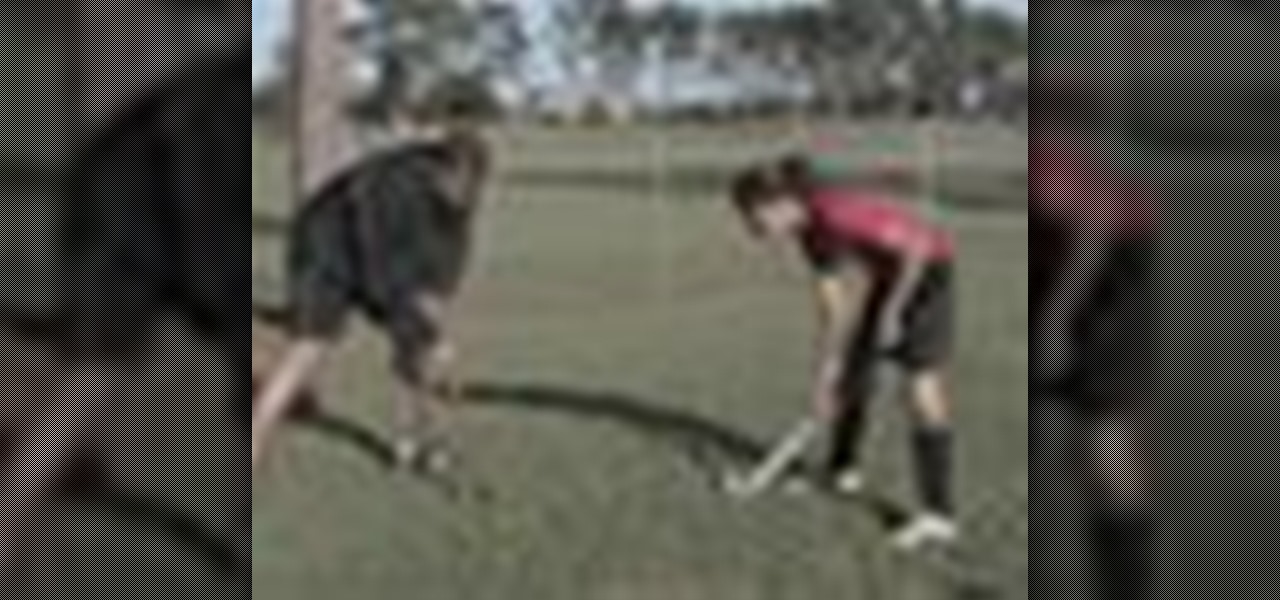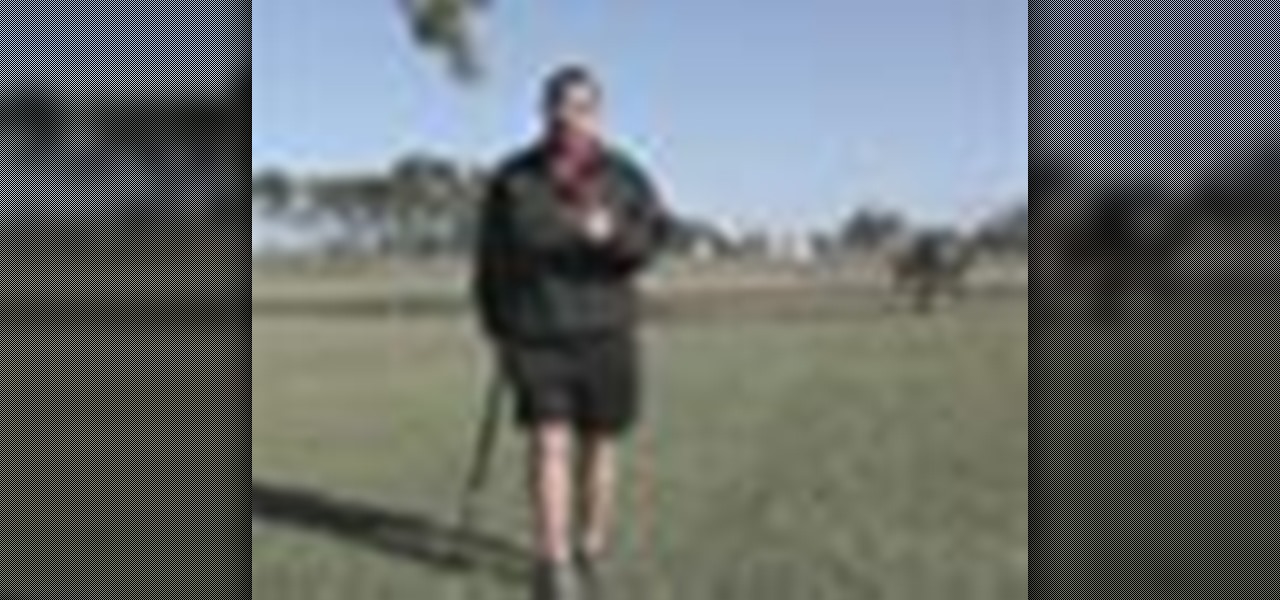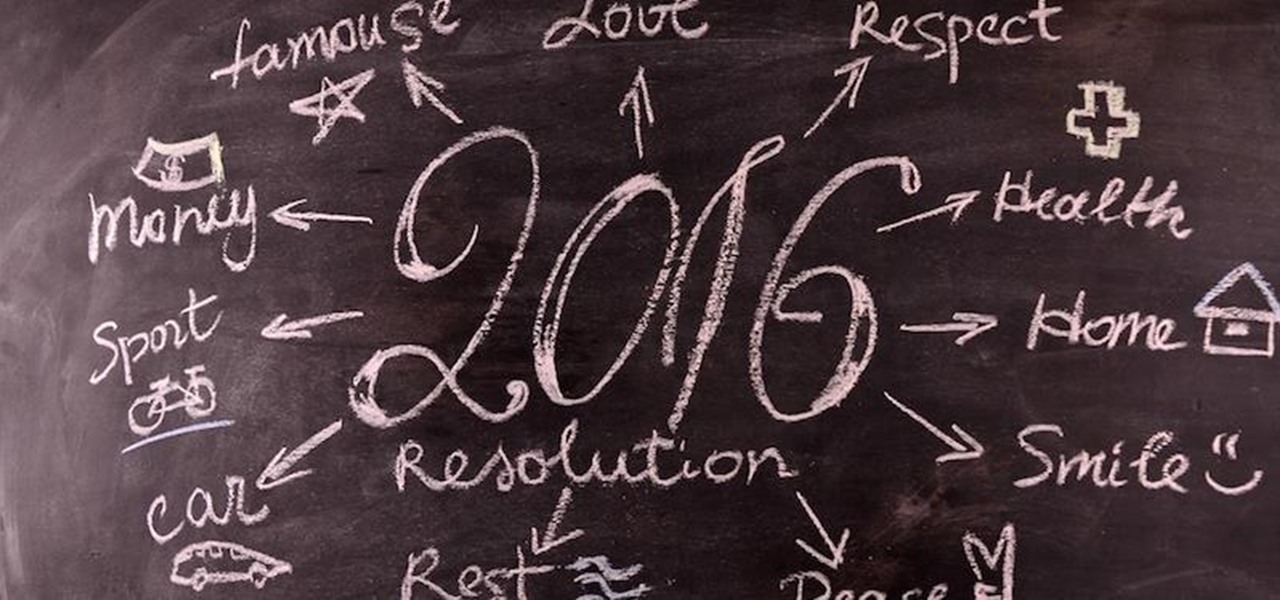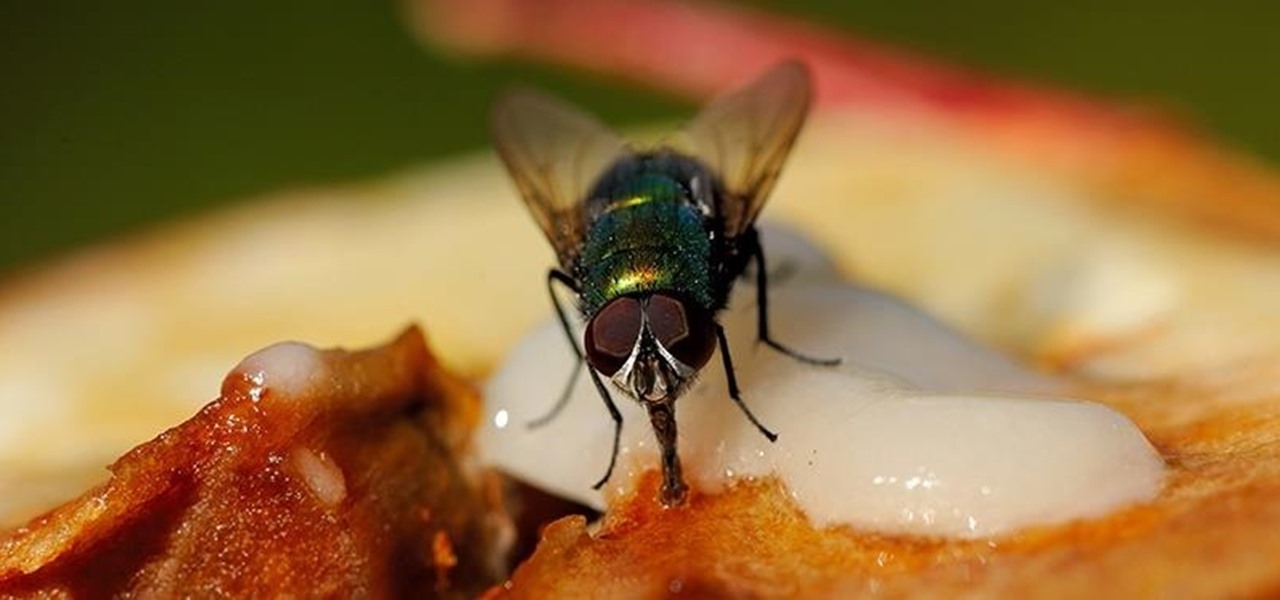
Even the best-maintained kitchens occasionally get a fruit fly infestation. These critters descend, lay eggs (up to 500 at a time!), and then disappear usually only after extreme cleaning efforts (i.e., finally attacking that weird puddle of goo behind your refrigerator).

It seems that Apple is taking a page from Google's book with their new "Hey, Siri" voice activation feature in iOS 8. This feature mimics the one found in Google Now, the voice-activated intelligent personal assistant available to just about all Android users. Apple's version allows you to bring up Siri with a simple voice command, but there's a small catch.
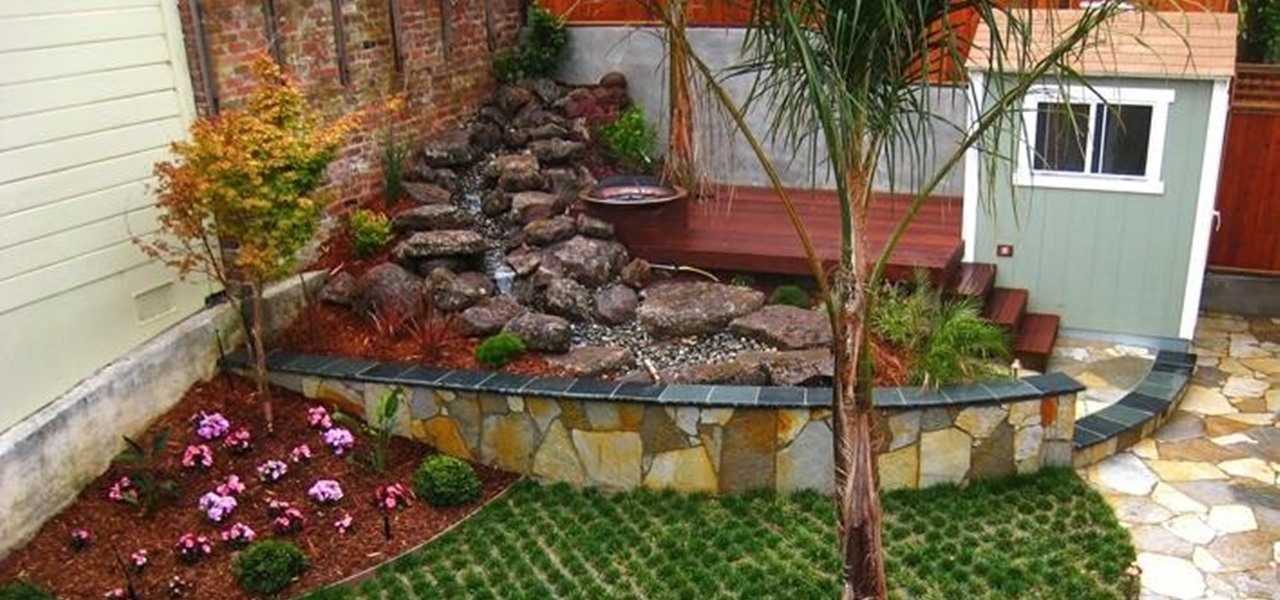
Adding water features to your garden can help to create an enviroment that more closely resembles nature. The sound of a trickling fountain can make your garden feel more peaceful and relax. Paul Tamate, a leading landscape designer working with water features and Asian-inspired garden designs in San Francisco says, "design spectacular water features as the centerpiece of gardens that serve as retreats from modern life."

I know that after seeing 8 Mile for the first time, you and your friends tried a few freestyles yourself. Nothing to be embarrassed about. As one person dropped the beat, you started your stuttering flow, and everyone else nodded their head. And for a second you probably thought you sounded pretty good, until the beat maker started coughing and threw you off.

Update 1: Evad3ers have released a statement to the jailbreak community, claiming that the safety and security of their users is the most important thing to them and that all speculations about malware being encoded into the jailbreak is simply not true. You can read the full letter over at Evasi0n's site.

The video for Robin Thicke's "Blurred Lines" got its fair share of attention due to the three topless models who star in it. In the second version, they're covered up, but just barely. Both the song lyrics and the lack of clothing sparked plenty of debate, controversy and even parodies.

If you've got a birthday party to plan for a young budding scientist coming up, a little nitrogen should do the trick. In this project, I'll show you 10 "super cool" tricks with liquid nitrogen that you could try, but probably shouldn't!

Believe it or not, capturing a beautiful shot of a vehicle is more difficult than you think. Sure, you can just snap a photo, but capturing the design, detail, and essence of the car is a whole other story. Lighting, location, settings, and angles are play into how well the photographic representation turns out.

Texting is a godsend to mobile devices, but it also has its caveats. Sending a text to someone requires visual, manual, and cognitive attention—looking at what you're typing, holding the phone steady, and thinking about what you're trying to say. So, texting while doing pretty much anything else is not a wise move.

Here's a technique I used to whip up a batch of super cheap and easy to make smoke flares! WARNING: Ignition of an incendiary or explosive material may not be legal in your area, so check local laws before attempting. Use of this video content is at your own risk.

When you're at work or in class, there's nothing more annoying than sites that automatically play media. One minute you're happily distracting yourself, and the next, you're scrambling to hit pause while everyone stares at you. Not to mention now your boss knows you're slacking off.

Ever wondered what the inside of a burning rocket looks like? Well, thanks to Valve engineer Ben Krasnow, now we know. He built a homemade hybrid rocket engine that's see-through so you can actually watch how it works. And even though it's probably a really bad idea to try this at home, he made a video so you can build one, too. Just don't say I didn't warn you.

Even if you're not a hipster with your own self-sufficient garden, making your own edibles at home can be pretty cool. And while it's obviously easier to pick up a bottle of 7-Up at the store, there's something undoubtedly fun about making your own. For those addicted to their fizzy drinks, DIY soda is a great way to save some cash and make their drinks healthier with natural flavors and sweeteners, instead of something like corn syrup or aspartame.

Want to make boring old colorless water brighten up on command? Well, you can control the color of water with this little magic trick. Actually, it's not really magic, but a classic science experiment known commonly as the iodine clock reaction, which uses the reactions between water and chemicals to instantly colorize water, seemingly by command. You can use different colorless chemicals to produce different colors, and you can even make the color vanish to make the water clear again.

If you're a Breaking Bad junkie who can't wait for the next episode, satisfy your craving with a little at-home chemistry and make some blue DIY smash-glow crystals! No, this is not Walter White's so-called "Big Sky" or even the subpar cringe-worthy product of his competitors. It's not even the same kind of crystals, otherwise you wouldn't be reading this. This is totally legal, even kid-friendly if you play it safe, though it actually requires more safety precautions than the potassium nitra...

When the time comes to move home, the logistics of moving your belongings can easily become tiresome, tricky and even disastrous. However, with a little careful planning and foresight, the act of packing can be a simple process. The key to getting the most from your move is in efficiency, planning and care. Here, we take a look at the best ways to pack in order to ensure a safe and simple move.

Steaming food has a lot of advantages over other cooking methods. The gentle heat of steam allows for meats, such as chicken wings, to become more moist after cooking.

This video tests the idea that an igloo, once left to freeze in the extreme cold, will be strong enough to stand on without collapsing. The experiment takes place in Minnesota where the temperature was fifteen degrees below zero at the start. Begin by shoveling snow into a dome-shaped pile. In the video, the dome is approximately six feet across at the base and three-and-a-half to four feet tall. Let the pile freeze for about two hours. The temperature had warmed up to about eleven degrees be...

How does one fertilize plants? Well, a fertilizer is a material that supplies the essential elements for plant growth. Most fertilizers are concerned with nitrogen, phosphorous and potassium. It isn't always easy to know which type of fertilizer to use. In this video tutorial, you'll find a guide to selecting the right fertilizer type for your application. Grow strong, healthy plants for a green garden with this how-to.

Find out how everything in a chemistry lab works, from pipettes to burners to recrystallization to storage. You'll get precise instructions on how to work and perform certain scientific duties in the chem lab, whether it's chemical or just ordinary high school science.

Find out how everything in a chemistry lab works, from pipettes to burners to recrystallization to storage. You'll get precise instructions on how to work and perform certain scientific duties in the chem lab, whether it's chemical or just ordinary high school science.

This video talks about the principles of heaving to, which is nothing more than stopping your boat in the water with the sails fully up, without making the boat create much forward motion. There are multiple reasons why you would want to heave to, and one is when the seas are getting rougher and the winds are becoming too strong to safely continue sailing. Watch to learn more about these situations and to see diagrams of everything.

In this tutorial, learn an important safety tip for the next time you head out camping or hiking. In this video, you will get advice on how to make a Swiss seat rope harness. You will learn to utilize a length of rope to make a field expedient rappelling harness, that is similar to the seat used by the military. With practice, you can tie this Swiss seat in 90 seconds or less. Essentially, this is a high speed, low drag way to make your own harness. This harness is useful for rappelling or ex...

This is a clever video that teaches you how to make a craft that is both fun to make, and also a useful item to have around the house- soap! This is from Living a Simple Life Blog and details how to make soap, just like the pioneers. To do this, you will need some equipment, a scale, scent, colorant, lard, lye, coconut oil, plastic containers to hold ingredients while you weigh them, a stainless steel pot, safety glasses, rubber gloves, a miter box, scraper, curing racks, a funnel and a plast...

This five part series teaches you how to repair your Samsung LCD TV power clicking problem. This video is probably best to for TV experts or those fearless TV owner. This video walks you through the steps of giving your family entertainment center some at home surgery. The instructor with careful instructions and with your TV's safety in mind walks you through everything you need to know fix this pesky problem.

This guy does an awkward job of showing you how to set up two prussiks to ascend a rope. However you can take what you need to the climbing gym and have some thing to practice. Remember you have to practice this stuff a bit at least. Out on a glacier it is no longer crevasse rescue practice it's just crevasse rescue. So check out this climbing tutorial video and practice your safety techniques and learn how to self rescue from a crevasse using two Prussiks.

In this automotive repair video you will learn how to replace the front and rear brakes on a 1998 Dodge Dakota 4x4 truck. Brakes are a crucial safety element that shouldn't be neglected so if you have bad brakes, watch this video and learn how to replace them.

Sculpting hands in polymer clay can be difficult. Clays like Prosculpt and Sculpey can be brittle when used to make hands without armatures. A mix of Puppen Fimo, Cernit and Fimo Mix Quick has proved to be strong thus far. Watch this video sculpting tutorial and learn how to make hands out of polymer clay.

This video will show you the proper technique for getting your snowmobile out of the snow after it falls and gets stuck in a snowdrift. Snowmobile safety is important and this video will show you just how you can keep your machine out of the snow.

Want to learn how to do a front and back flip? Watch this video to learn how. You will need a trampoline with nets for safety, courage and a flipping expert.

Though apple skins are healthy, some recipes call for peeled apples. These apple peeling tips will show you how to remove the skin safely and efficiently. The first thing that you will need is a sharp paring knife. Now, before we continue, a quick safety tip: Whenever you are using a sharp knife you always want to cut with the blade facing away from you. If you are cutting with the blade toward yourself and you slip you will increase your chances of an accident.

Tackling in field hockey is essential to having a strong defense, and there are subtleties that a defender must know when attempting to tackle without being penalized. Learn how to tackle in field hockey in this video tutorial.

For a field hockey offense to score, their attacking must be better than the defense's tackling. Speed and accuracy are essential for an effective field hockey attack. Learn how to attack in field hockey in this video tutorial.

The field hockey forward is the chief scorer on the team, and must be fast, strong and accurate. Learn how to play forward in field hockey in this video tutorial.

Learn how to make focaccia bread. Ingredients are as followed: 1 x 7g sachet instant yeast (or 1 sachet dry yeast; 1 tsp sugar; 200ml tepid water); 350g (2 1/2 cups) strong white bread flour; 1/2 tsp salt; 2 tbsp olive oil.

For anyone wanting to keep information private, plain text is a format of the past. Instead, cheap, powerful encryption is widely available, but often not easy enough to use to attract widespread adoption. An exception to this rule is EncryptPad, an easy to use application that lets you encrypt text, photos, or archives with strong encryption using a password, keyfile, or both.

You know Moana's a rock-solid pick for Halloween this year. The question is, how far will you go to become Moana? Are you going to just slap on a cream skirt and a red bandeau? Or do you want to go all out and end up with the finished product like YouTuber Gladzy Kei did?

There are all kinds of theories—many supported by science—about what causes Alzheimer's disease. Tangles of protein called ß-amyloid (pronounced beta amyloid) plaques are prominently on the list of possible causes or, at least, contributors. An emerging theory of the disease suggests that those plaques aren't the problem, but are actually our brains' defenders. They show up to help fight an infection, and decades later, they become the problem.

Google Now, Siri, and Cortana aside, the main way you interact with your smartphone is through the keyboard. Every app you use, every search you perform, every message you send—the most fundamental interface between you and your device is that handful of characters and those 26 letters on the bottom half of your screen.

The start of a new year is generally thought of as a chance to start over, a time to improve or "fix" things in your life. Yet most people who set stringent New Year's resolutions find themselves failing within weeks—or even days—of setting their lofty goals.








